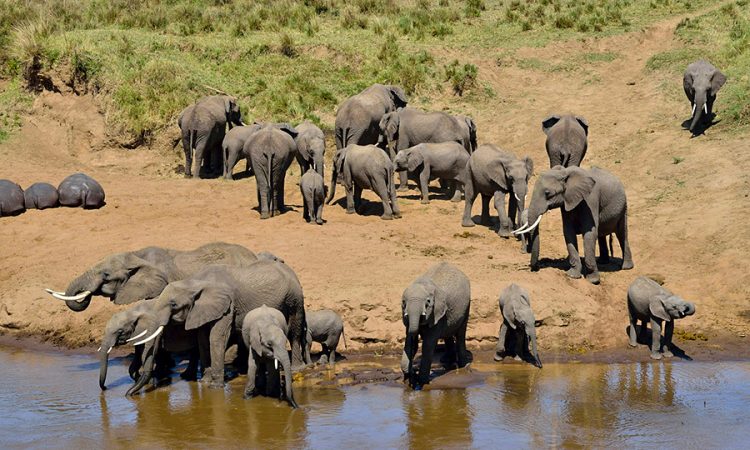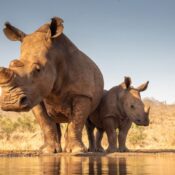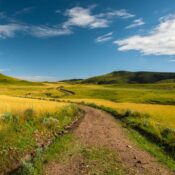Tarangire national park

Tarangire national park
The National Park is 2,850 square kilometers in area and was gazetted in 1970. It is only a small part of a much larger ecosystem of some 30,000 sq. km that comprises most of what is called the Maasai Steppe or southern Maasailand. Amongst safari connoisseurs; those who really enjoy the African safari travel experience – the vast open spaces, the Acacia savannas, the dramatic wildlife, the sandy river beds, the sausage trees, the changing seasons, the cool fresh mornings, the heat of mid-day, the day-long birdsong, the sound of crickets at night, the whooping call of hyena, the far distant roar of lion – Tarangire is a place to put on your itinerary. From the wide-open plains in the north, south along the Acacia and baobab studded ridges and valleys of the Tarangire River, and across vast seasonal swamps, wildlife gathers in large numbers. This is the dry season refuge for an enormous swathe of southern Maasailand, and between July and November the wildlife here is extraordinary by any standards Africa-wide.
Wildlife
It has been estimated that at the height of the dry season in October the density of large animals -elephant, buffalo, zebra, wildebeest, ostrich, giraffe, eland etc. is second only to Ngorongoro Crater worldwide. This spectacle gathers around the scattered pools of permanent water along the Tarangire river bed, and also around Silale Swamp. Lion and leopard are frequently seen here as well.The huge baobab tree is characteristic of these savannas and have been described by naturalists as a complete ecosystem unto themselves; their nooks and crannies provide places for bee hives or are occupied by small mammals such as genet and civet cats, and their enormous flowers are pollinated by fruit bats. Many baobabs are hollow and have provided shelter for wandering bands of hunter-gatherers in the past. Tarangire is one of the finest places in Tanzania to watch elephant and spending unhurried time in the presence of these intelligent giants, often from a vantage point at a waterhole or spring is one of the greatest pleasures of a wildlife safari- A favorite routine is to leave camp early with a picnic lunch and to select a spot overlooking the Tarangire River or a hinterland waterhole and watch wildlife come and go.
Tarangire is also one of the few places in Tanzania where one can find oryx, and more rarely gerenuk and both greater and lesser kudu, and even on occasions cape hunting dogs. It is also a birder’s paradise with more resident breeding species than anywhere else in Tanzania. Raptors are everywhere; from the masters of predation and soaring – the martial and bateleur eagles – down to the tiny but vicious pygmy falcon.



